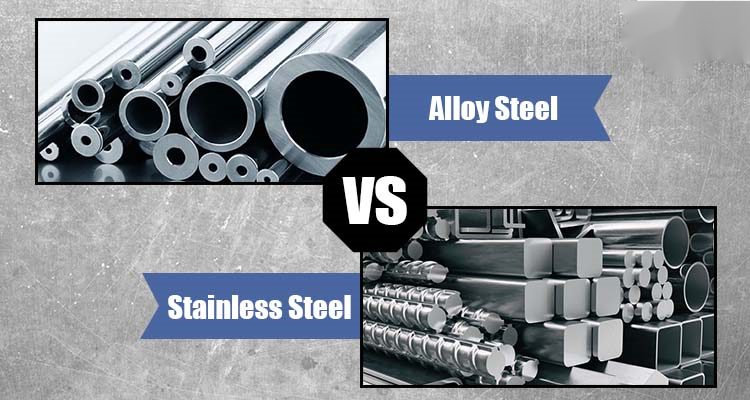In the world of metallurgy, alloy steel and stainless steel are terms that are often used interchangeably, leading to confusion among consumers and enthusiasts alike. While both materials share certain similarities, they are distinct in terms of composition, properties, and applications. In this article, we will explore the characteristics of alloy steel and stainless steel, highlighting the differences that set them apart.

Understanding Alloy Steel:
Alloy steel is a versatile material that is engineered by combining different elements with iron to enhance its properties. The alloying elements can include manganese, silicon, nickel, chromium, molybdenum, and others. This combination results in a steel alloy with improved strength, hardness, and resistance to wear. Alloy steel is widely used in various industries, including automotive, construction, and manufacturing, where durability and toughness are paramount.
Key Features of Alloy Steel:
- Strength and Toughness: Alloy steel exhibits exceptional strength and toughness due to the presence of alloying elements, making it suitable for applications requiring robust materials.
- Wear Resistance: The addition of specific elements enhances the wear resistance of alloy steel, making it ideal for components subjected to friction and abrasion.
- Versatility: Alloy steel can be tailored to meet specific performance requirements by adjusting the composition, allowing for a wide range of applications.
Understanding Stainless Steel:
Stainless steel, on the other hand, is a specific type of alloy steel that contains a minimum of 10.5% chromium by mass. This chromium content forms a protective oxide layer on the surface of the steel, giving it excellent corrosion resistance. Stainless steel is renowned for its aesthetic appeal, corrosion resistance, and hygiene, making it a popular choice in the production of kitchen appliances, cutlery, medical instruments, and architectural structures.
Key Features of Stainless Steel:
- Corrosion Resistance: The chromium content in stainless steel forms a passive layer that protects the material from rust and corrosion, even in harsh environments.
- Aesthetic Appeal: Stainless steel's polished and sleek appearance makes it a preferred choice for applications where visual appeal is crucial.
- Hygienic Properties: Stainless steel is easy to clean and maintain, making it suitable for applications in the food and medical industries where hygiene is paramount.
Distinguishing Factors:
- Composition: While both alloy steel and stainless steel are alloyed with various elements, the critical distinction lies in the chromium content. Stainless steel must have a minimum of 10.5% chromium, whereas alloy steel may contain a broader range of alloying elements.
- Applications: Alloy steel is often chosen for its strength and durability in applications such as construction and machinery, while stainless steel is favored for its corrosion resistance in environments where rust is a concern.

While alloy steel and stainless steel share some similarities, their differences in composition, properties, and applications make them distinct materials. Choosing between alloy steel and stainless steel depends on the specific requirements of the application at hand. Understanding these differences empowers consumers and industries to make informed decisions when selecting the right material for their needs.








